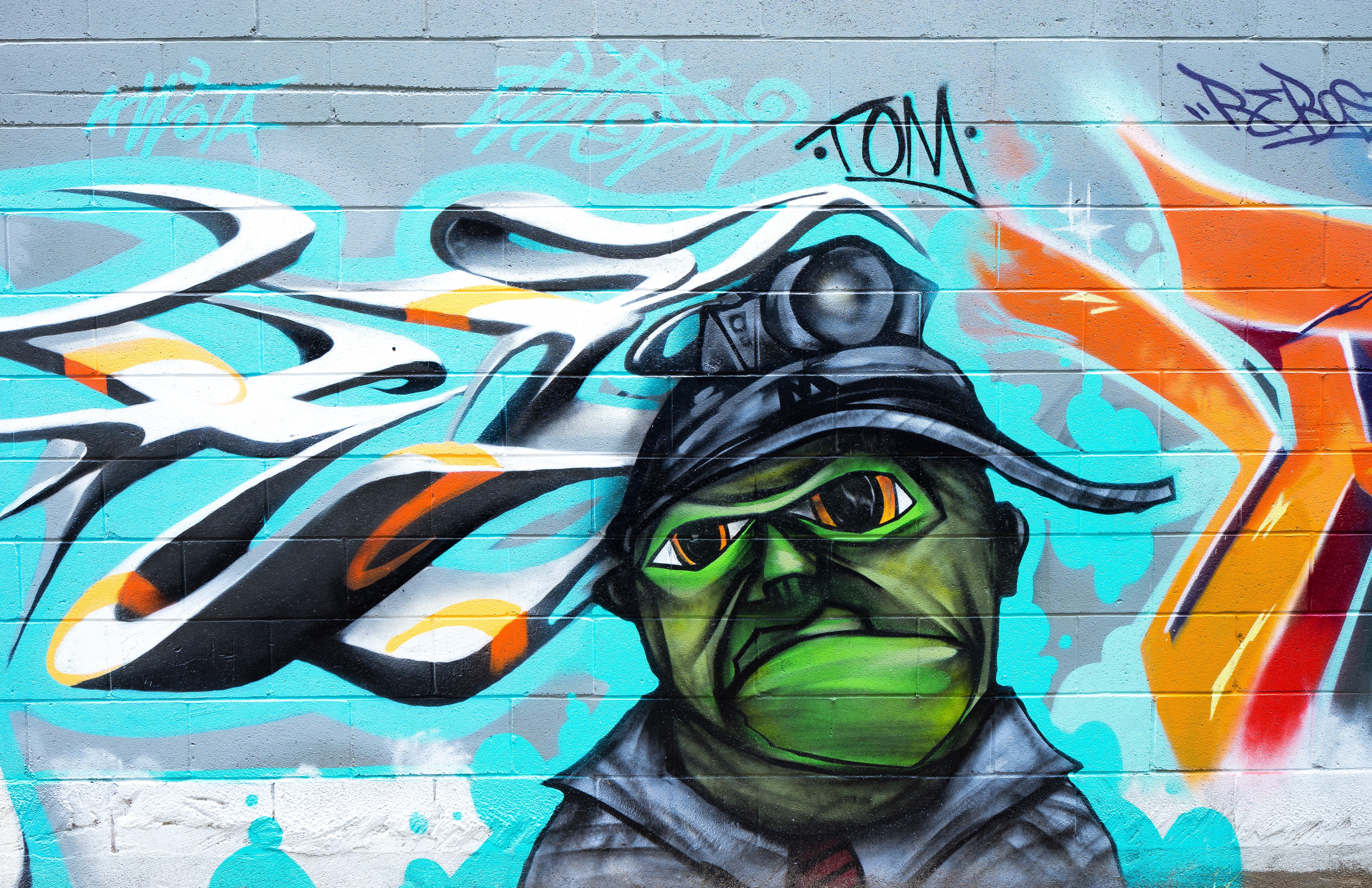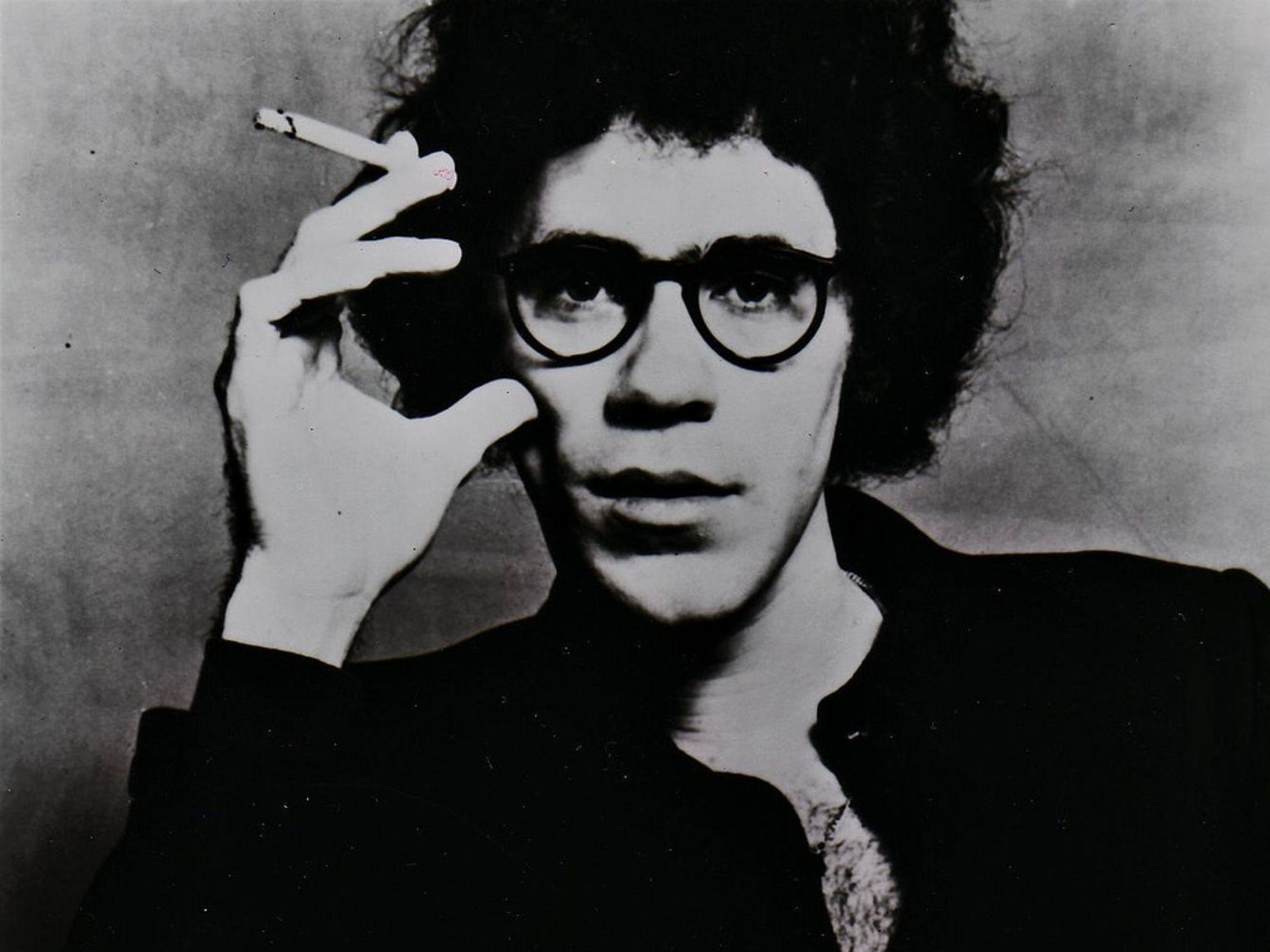A Dominican "Self-Portrait" to Inspire Students' Self-Reflections
Posted on January 13, 2022

Which experiences have a greater influence on us—our successes, or the times when we've been hurt? Frank Báez's bravura poem "Self-Portrait" makes an excellent case for the latter. It is an alternately humorous and horrifying catalog of a lifetime of mishaps, injuries, victimizations, and miscommunications, punctuated with a few moments that invoke the possibility of joy:
I’ve been knocked cold. Slapped. Slandered.
Booed. Stoned.
Chased by sergeants on motorbikes. By two bill-collectors.
By three Mormons on bicycles.
By girls from Herrera and El Trece. . .
Ultimately, "Self-Portrait" is a hymn to resilience. Despite all his injuries, in the teeth of his many adversaries, the speaker keeps on living and creating his poems. The final lines describe an encounter with a policeman who stops the poet on the street – to arrest him? No, to express admiration for his work, and even "[make] a bow, sort of."
Sometimes called the "homegrown" Junot Diaz, Frank Báez is a young Dominican poet who often performs his own work in the original Spanish. Here is his reading of "Self-Portrait" ("Autorretrato.")
Hoyt Rogers translated the poem into English, and it is available in both languages on Words Without Borders.
Teaching "Self-Portrait"
After they read "Self-Portrait," you might have students watch Báez's Spanish language performance, asking: how does Báez's body language and expression inform your understanding of the poem?
Next, ask students to mark lines that struck, surprised, or baffled them, sharing a few of the lines that elicited a strong response from you as examples. Students can discuss and analyze the lines they marked in small groups.
Finally, ask students to consider:
- What are the kinds of experiences this poem describes?
- Why do you think Báez chose to include these experiences, in particular, in his "self-portrait"?
- Do you agree with his choices around what to include in his "self-portrait"?
Contextualizing "Self-Portrait"
To learn more about the Dominican Republic, students can access factual accounts such as CNN's interactive timeline of the history of the island that encompasses both Haiti and the Dominican Republic. Students can also view more impressionistic depictions of the Dominican Republic like the EverdayDR Instagram account. The project posts cell-phone images of everyday life in the Dominican Republic, and seeks "to provide identity, to go beyond photography's stereotypes and break down prejudices.” Also, Hoyt Rogers, Frank Báez's translator, has written a personal account of his time in Santo Domingo, the nation's capital.
The poem's speaker name-checks places in the Dominican Republic, and although knowledge of those places isn't necessary for understanding the poem, learning more about them can definitely enhance the meanings of certain lines. For example, Cabarete: is a town known for its tourism and beaches; it is also where the poem's speaker tries to kill himself.
- Herrera, El Trece, and Los Prados: Neighborhoods in and around Santo Domingo
- Montecristi: A province in the northern Dominican Republic
Students can also get to know the poet himself in a video interview at the O, Miami Poetry Festival. Starting around minute 29, Báez talks about the influence of music on his work, how he got his start as poet, and his artistic goals:
In the DR, we had this movement, Poesía Sorprendida (“Surprised Poetry”) … you had to surprise the reader. So that’s what I’m trying to do in the poem. If the reader knows where you’re going, it won’t be worth it…you have to keep it interesting.
Pairs Well with . . .

Potential pairings for the "Self-Portrait" include other autobiographical poems, such as Kim Sa-in’s "Injeolmi Rice Cakes," chronicling a single day in a Korean boy's life; and Joe Brainard's "I Remember" series.
Potential Assignments
- Poetry or Creative Nonfiction: What kinds of experiences would you put in your own "Self-Portrait"? Brainstorm a list, and then create a self-portrait in words. Challenge: Add a performative or visual element to your self-portrait, supplementing it with a filmed reading or a collage of images.
- Essay: Do other people's opinions of us belong in a "Self-Portrait"? Answer this question using examples from Báez's poem.




